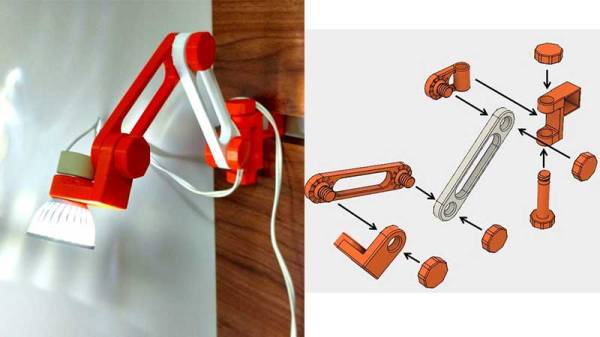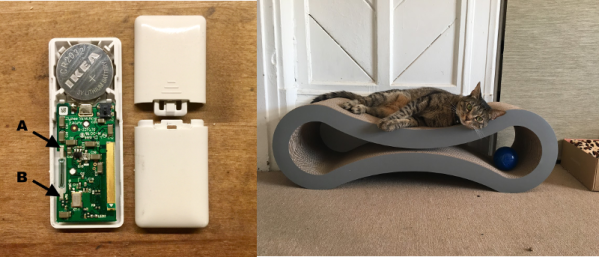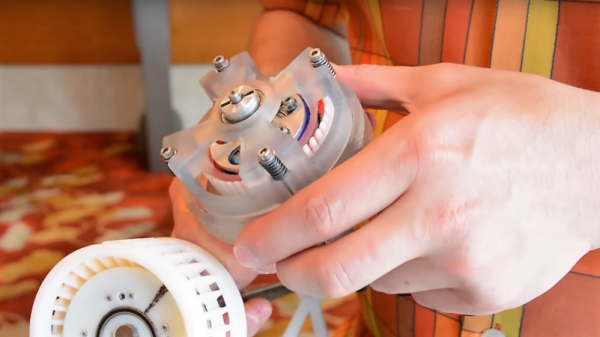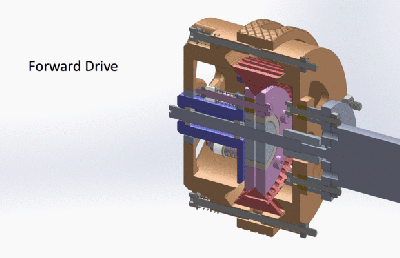The first print to come off a shiny new 3D printer is usually a toy widget of some sort that will forever sit at your desk without purpose. The alternative is a practical project that is custom and personal like this 3D Printed Articulating Lamp. [IgorF2] shares his design for this wall mounted device which was created using Fusion 360.
The complete design consists of eight parts which includes the arms, nuts, and bolts, as well as the wall mount, each of which can be printed individually. These come together to form a structure that can be attached to a wall or your work bench. Though [IgorF2] has provided arm pieces of length 100 mm, 140 mm and 200 mm, you can mix and match to create a much larger project. The files are available for download from Thingiverse for your making pleasure.
We think this can be a great basic structure for someone looking at custom wall mounted projects. The lamp mount can be easily supplemented by a Raspberry Pi and Camera holder if you feel like live streaming your bench. Alternatively, it may be customized to become a motion detecting lamp just for fun. We hope to see some good use come of it in the future.


















